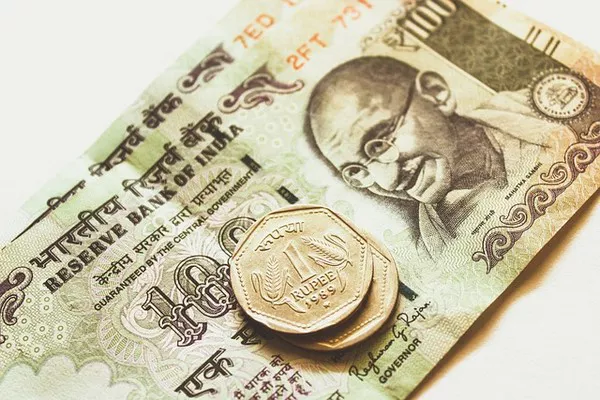The Indian rupee is poised to open higher on Friday following robust domestic economic data, coupled with a separate report indicating a cooling of U.S. inflation. Non-deliverable forwards suggest an opening around 83.33-83.34 against the U.S. dollar.
While the rupee exhibited underperformance compared to its Asian peers in November, limited room for significant appreciation is anticipated. Despite an initial uptick, experts suggest the rupee may experience marginal depreciation, with a likely cap near 83.40.
India’s economy demonstrated resilience, expanding by 7.6% in the September quarter, surpassing economists’ expectations of 6.8%. The positive GDP growth has prompted economists to revise upward their forecasts for India’s GDP growth in the current fiscal year.
Morgan Stanley noted, “The GDP print has surprised on the upside for three consecutive quarters, indicating underlying strength in certain pockets of the economy.”
On the global front, U.S. core personal consumption expenditure inflation eased to 0.2% month-on-month in October, compared to 0.3% in September. This, along with a slight increase in initial jobless claims, supports expectations that the Federal Reserve may consider interest rate cuts from May next year.
Despite the data, U.S. yields rose on Thursday, leading to an uptick in the dollar index. Analysts suggest this rise in yields reflects a potential correction after the rapid bond price rally.
Additionally, TV exit polls on Thursday indicated that India’s main opposition Congress party is likely to win two of five state assembly elections, with a close contest against Prime Minister Narendra Modi’s ruling nationalist party in two heartland states. This political development may introduce an element of caution in the market sentiment.
As the global economic landscape remains uncertain, the Indian rupee’s performance will likely be influenced by a combination of domestic economic indicators and international factors, prompting market participants to exercise caution in their assessments.


